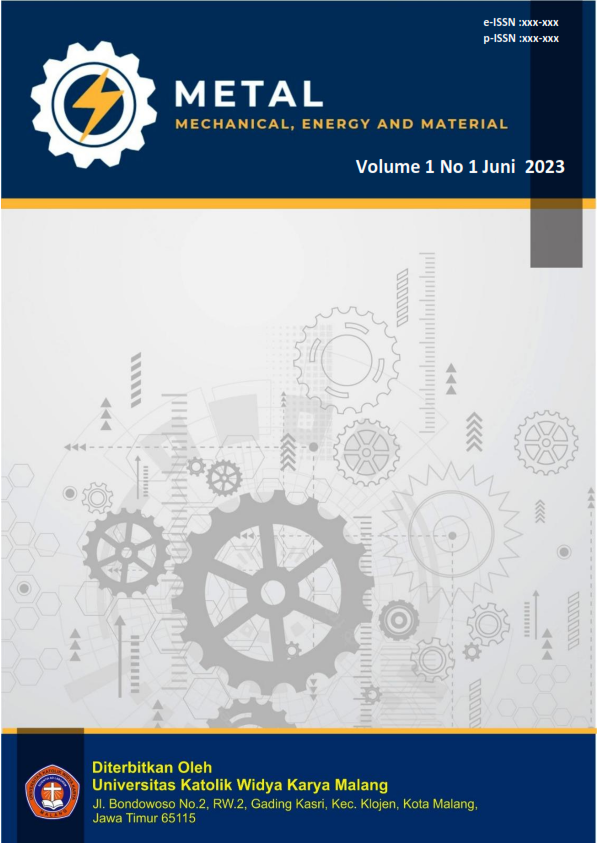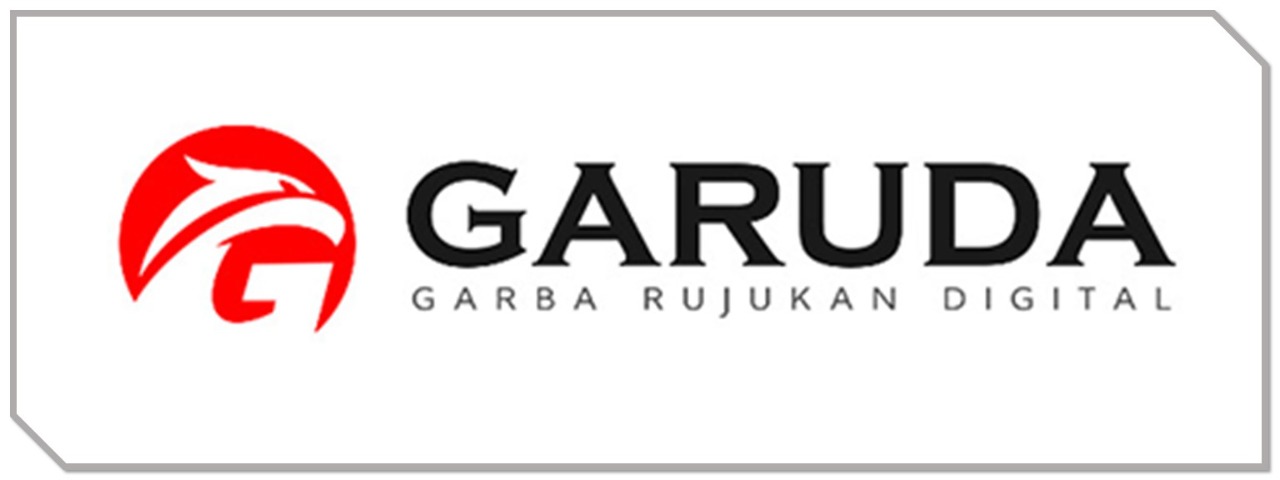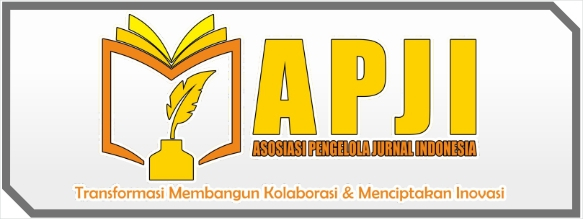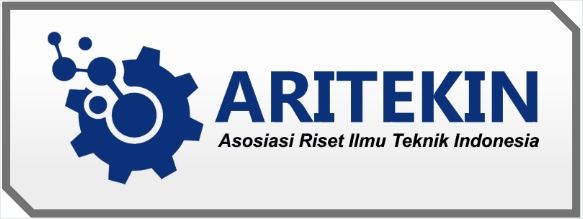CALCULATION OF POWER REQUIREMENTS TO DRIVE THE BELT WINDER PROTOTYPE PRINTED BY A 3D PRINTER
Keywords:
Belt winder prototype, Motor Power, 3D PrinterAbstract
The industrial world in the field of medium and large scale construction and maintenance from both various industrial sectors needs to improve procedures with technology that is efficient, safe, can reduce costs, and can minimize process time. Based on the experience of researchers in the agricultural machinery industry when installing and replacing belts on conveyors is done manually, namely by moving the belt using a forklift and according to researchers it is less efficient. The design of this prototype belt winder is to present the actual performance mechanism of the belt winder machine. The method used is to calculate the prototype design, design using 3d software, then the model is printed using a 3d printer. The last process carried out by researchers is assembling each component, then conducting trials and observing the performance mechanism of the prototype belt winder. The results obtained are able to roll a 1030 mm long belt with the required motor power of 5.31 Watt.
References
R. Aosoby, T. Rusianto, and J. Waluyo, “Perancangan Belt Conveyor sebagai Pengangkut Batubara dengan Kapasitas 2700 Ton/Jam,” J. Tek. Mesin Inst. Sains Teknol. AKPRIND, vol. 3, no. 1, pp. 45–51, 2016, [Online]. Available: https://ejournal.akprind.ac.id/index.php/mesin/article/view/217
B. B. W. Dianto, “Perancangan portable belt conveyor untuk pengankutan hasil pertanian ke dalam alat angkut dengan kapasitas 15 ton/jam,” Universitas Muhammadiyah Malang, 2002.
A. Arif and Y. Mukti, “Rancang Bangun Website Sekolah Menengah Pertama (SMP) Negeri 8 Kota Pagar Alam,” J. Ilm. Betrik, vol. 8, no. 03, pp. 156–165, 2017, doi: 10.36050/betrik.v8i03.76.
Ika Rusdiana, “HUMAN–COMPUTER INTERACTION (HCI) DAN IMPLIKASINYA TERHADAP PERUBAHAN POLA KOMUNIKASI KELUARGA,” Al-Syakhsiyyah J. Law Fam. Stud., vol. 3, no. 1, pp. 51–66, 2021.
K. S. Putra and U. R. Sari, “Pemanfaatan Teknologi 3D Printing Dalam Proses Desain Produk Gaya Hidup,” Semin. Nas. Sist. Inf. dan Teknol. Inf. 2018, pp. 1–6, 2018.
I. W. Hardiansyah, “Penerapan Gaya Gesek Pada Kehidupan Manusia,” INKUIRI J. Pendidik. IPA, vol. 10, no. 1, pp. 70–73, 2021, doi: 10.20961/inkuiri.v10i1.44531.
RETHFO AUGUSTO RIQUELME CASTILLO, “DISEÑO MECÁNICO Y ESTRUCTURAL DE UN BELT Winder PARA ENROLLADO DE FAJAS DE CAUCHO DE 72/84” DE ANCHO Y 2” DE ESPESOR PARA FAJAS TRANSPORTADORAS DE UN MÁXIMO DE 90 M DE DESARROLLO,” UNIVERSIDAD NACIONAL DE SAN AGUSTIN AREQUIPA, 2018. [Online]. Available: http://repositorio.unsa.edu.pe/handle/UNSA/7514
Danang Murdiyanto and Bernardus C.P.B., The Rolling Process of The Stem of Umbrella Grass to Produce Fiber Through the Reduction Method Using Gearbox, SJME KINEMATIKA Vol. 6 No. 2, 25 Desember 2021, pp 129-142, e-ISSN: 2655-903X.















